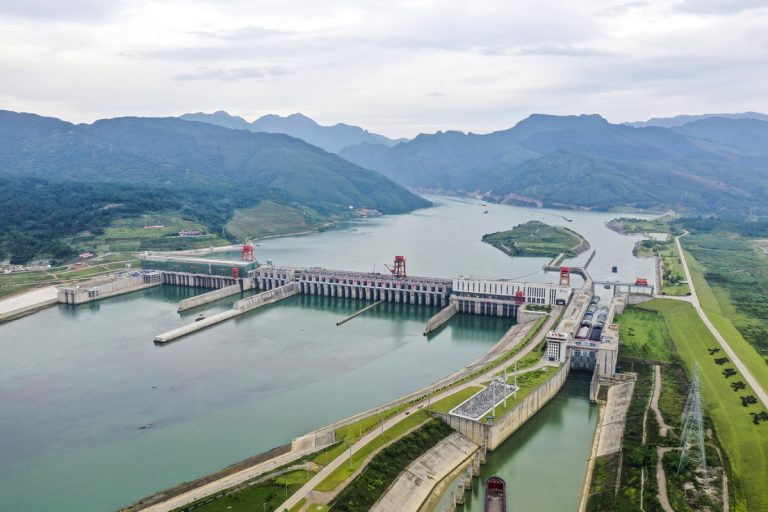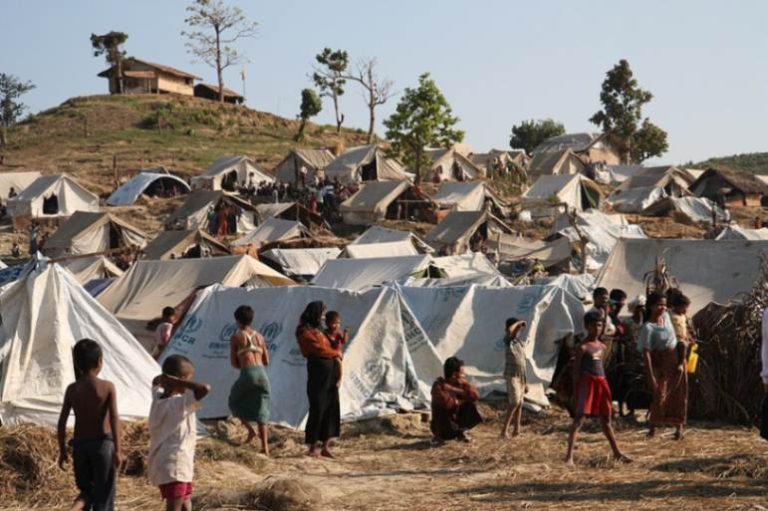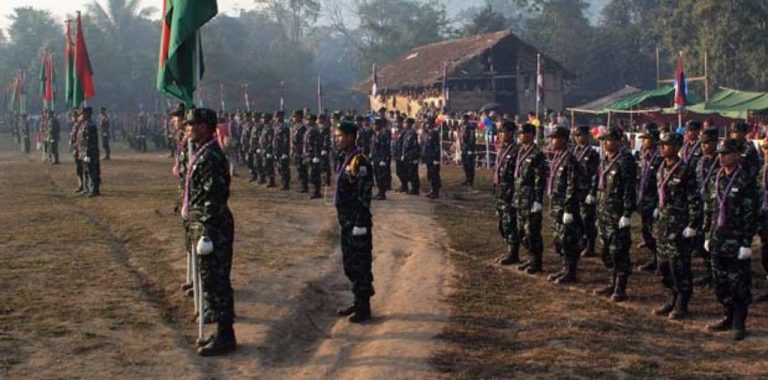
Photo by Prime Minister's Office, Government of India
Politics is a highly shady business. When elections are close, politicians use all kinds of tactics to stay relevant and popular. They would do anything to get power and position. On February 14, 2019, a convoy of vehicles transporting security personnel on the Jammu Srinagar national highway at Lethpora (near Awantipora), in the Pulwama region of Jammu Kashmir India, was assaulted. 40 members of the Central Reserve Police Force (CRPF) died in the attack.
Modi attributed the attack to Pakistan. India started to blame Pakistan without any investigations or evidences, when even the dust had not been cleared. All the blames were made spontaneously. Moreover, the Indian official narrative kept changing for the initial two hours. It was very evident that India merely played the blame game against Pakistan without any supporting data.
Some analysts even argued that it was evidently a false flag operation, and a simple indicator of the false flag strike is that the response is always preplanned and devoid of any supporting documentation. Jammu Kashmir is a militarized zone, and the attacker without getting checked at any of check-posts safely reached the spot. Nonetheless, these hasty and preconceived allegations were in line with the Indian playbook strategy against Pakistan – well-rehearsed and executed, following similar old tactics as used in the past.
It seems that in this whole false flag operation, certain Dalit soldiers were used as disposable tissues for the greater “benefit” of the Modi administration. To help Modi win the next elections and make additional internal gains. As before the Pulwama attack, the survey reports about election, were predicting BJP to lose due to farmer protests – fatalities and a sluggish economy. After the incident, the election campaign abruptly switched to national security and the subsequent attack, ignoring all other domestic issues.
The recent interview revelation of Satya Pal Malik the so-called ex-governor of Indian occupied Kashmir strengthens the above points. His revelations show how the Indian leadership has consistently promoted its bogus victimization narrative and the Hindutva agenda, obviously for local political reasons. The so-called governor reveals that the ‘assault’ on the CRPF convoy in Pulwama, was the product of “incompetence” on the part of the Indian system, particularly the CRPF and the home ministry. He said that the Indian home ministry where Rajnath Singh served as the home minister at that time turned down the CRPF’s request for an Aeroplane to transport its personnel. Also, he discussed how the road had not been thoroughly cleared. This incident allegedly involved the withholding of crucial information from the public by Indian Prime Minister Narendra Modi. Later, on getting called out for their incompetence, the home minister Rajnath Singh and PM Modi told Satya Pal Malik to just keep quiet.
Soon after the Pulwama attack the Indian Air Force (IAF) launched a botch aerial strike near ‘Balakot’ On February 26, 2019, hitting a religious seminary that India labeled as a militant camp, and claimed killing more than 300 terrorists, without giving any shred of evidence to verify the allegations. Later, it turned out that Indian strike missed all its targets and ended up damaging the trees only.
The Pakistani Air Force (PAF) carried out a retaliation strike in Jammu’s Rajouri region the following day, shot down an Indian MIG-21 aircraft and captured its pilot. The release was announced by Islamabad the next day, as a sign of goodwill.
Although Pakistani leaders avoided escalating the clash between the two nuclear powers during the Pulwama crisis, a crisis management approach may not provide a long-term fix for two nuclear-armed adversaries. This is only possible through efforts to avert crises. Crisis management therefore must be reinforced with proactive attempts at resolving deeper causes of crises, and to eliminate them. The irresponsible Indian leadership and its attitude needs to be held accountable for escalating tensions between the two nuclear armed states just for some petty political gains.
At the absolute least, the Kashmir issue, which continues to be a major driving force behind much of the violence in Indian Kashmir, needs to receive more attention. Kashmiri youth are extremely angry and disenfranchised as a result of India’s oppressive tactics employed to crush the steadily growing dissent among Muslims in Kashmir.
India needs to stop its historically flawed approach motivated by its desire to establish hegemony and promote the Hindutva agenda. It needs to stop its negative political energy directed towards Pakistan. It must reflect on its security and intelligence failures that result in the crisis like Pulwama and provide an explanation not just to its own people but to the world as well.




